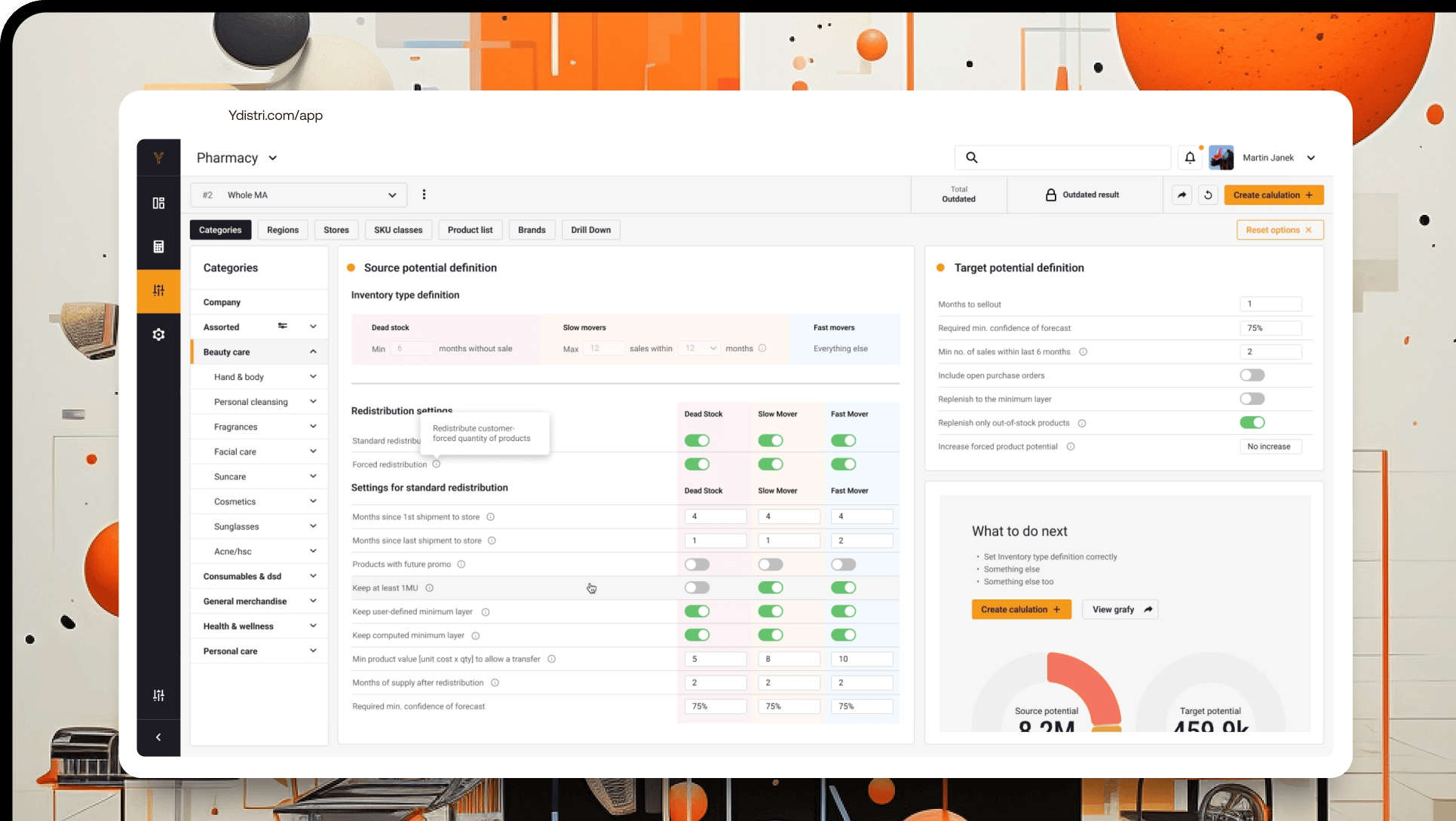Blueprints for an Adaptable Retail Network
Creating an adaptable retail network requires a multifaceted approach that incorporates innovative inventory management, agile logistics, and data-driven decision-making.
- Innovative Inventory Management: At the heart of flexibility in retail is the ability to manage inventory in a way that responds to real-time demands. This involves implementing flexible inventory policies that can be adjusted based on market conditions.
For instance, a retailer might adopt a just-in-time inventory system that minimizes stock levels but allows for rapid replenishment when demand spikes. By tailoring these policies to specific market conditions and consumer behaviors, retailers can ensure they always have the right products in the right places. - Agile Logistics Framework: The logistics framework supporting dynamic transfers must be equally agile. This involves using advanced logistical technologies and methodologies that allow for swift and efficient movement of goods between locations.
Cutting-edge tools such as autonomous vehicles and drones could be integrated into the logistics process, enabling faster transfers and reducing the reliance on traditional transport methods. These technologies not only improve speed but also enhance the precision of transfers, ensuring that inventory is moved exactly where it is needed, when it is needed. - Data-Driven Decision Making: Real-time data analytics and predictive modeling play a crucial role in driving the decisions behind dynamic transfers. By analyzing sales trends, customer behavior, and other relevant data, retailers can predict where demand will rise or fall and adjust their inventory levels accordingly.
The types of data most valuable for these analyses include historical sales data, current market trends, and predictive consumer behavior models. This data-driven approach ensures that decisions are based on solid evidence, reducing the risk of overstocking or stockouts.


